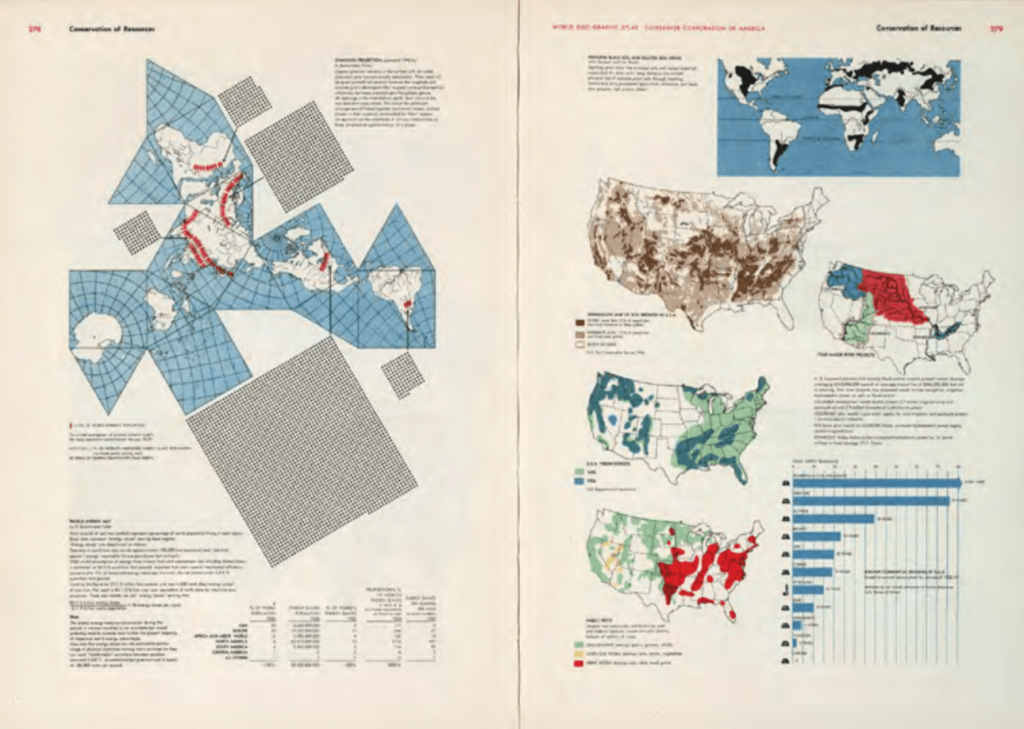This week’s topic covered how has graphic design evolved tremendously from its humble beginnings to today’s plethora of offerings, spanning across almost every industry, from advertising, movies to even educational content and medical infographics.
One of the things that caught my eye in this week’s presentation was the mention of Saul Bass’ groundbreaking title sequences. Fast forward a few decades, this has transformed into an entire art form in its own right. One can easily see for him/herself on a site such as artofthetitle.com.
Comparing to today’s titles, I can see how much was achieved with the little technology that Saul Bass had at his disposal. Today’s highly-charged shiny graphics with bold colors and impressive graphic wizardry is definitely much more alluring, but Saul Bass’ titles will always stand the test of time, with its elegant simplicity, directness and clarity of motifs and visual poetry.
I think there is a good reason why as designers, we need to, from time to time, examine our roots and learn from the past. This is true even for fields outside of the creative industry; the golden adage of ‘back to basics’.
Through this semester’s history of design series of lectures, I think my main takeaway was a better/more thorough understanding of how design came to be, in all forms; graphic, interactive and industrial/product design. Many new ideas tend to come from addressing needs/problems of the era. I think in our current time, there is an enormous amount of issues that need to be looked into, and as designers, we can either join the crowd and dish out ever flashier, meaningless fodder, or we can strive for something much deeper; to engage with humanity’s biggest problems and provide some solutions, and in the process make our lifetimes more meaningful.








